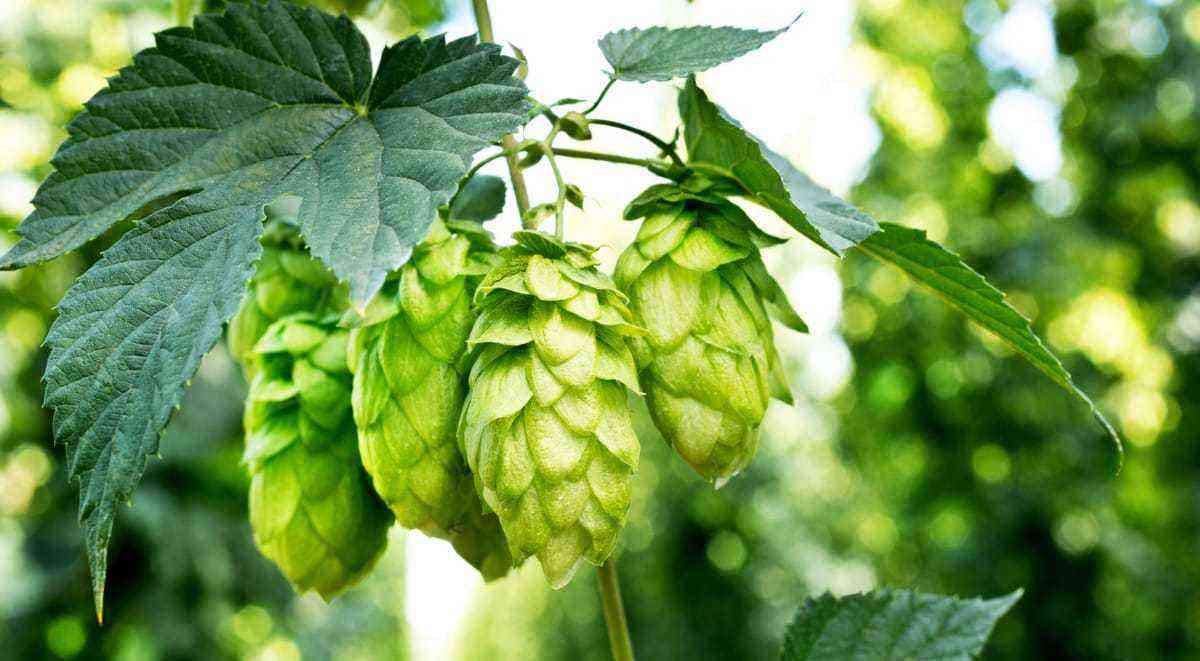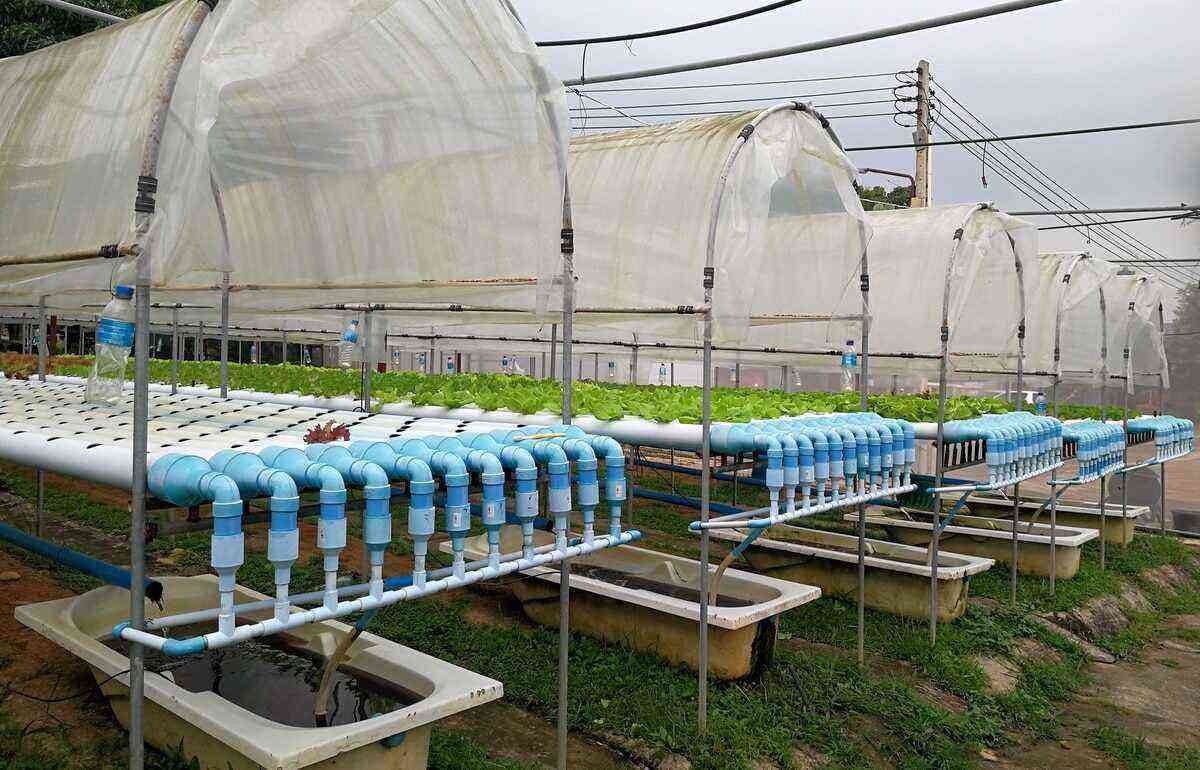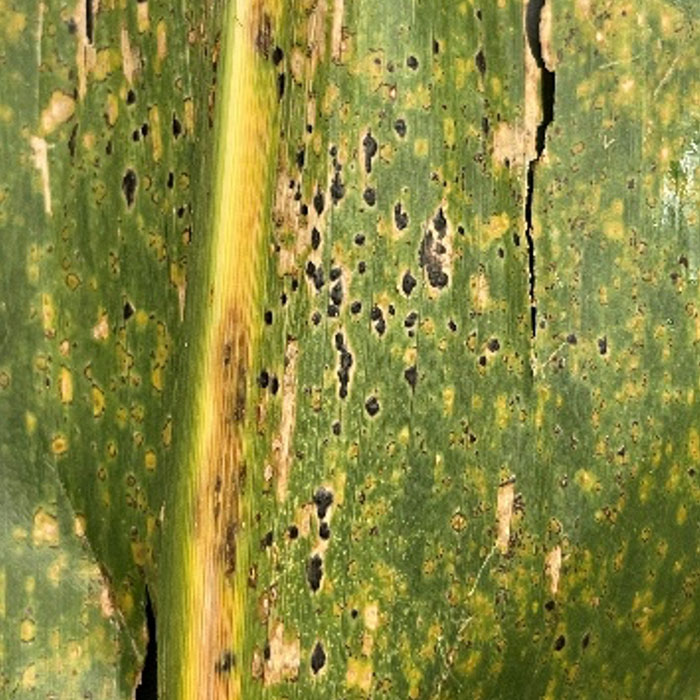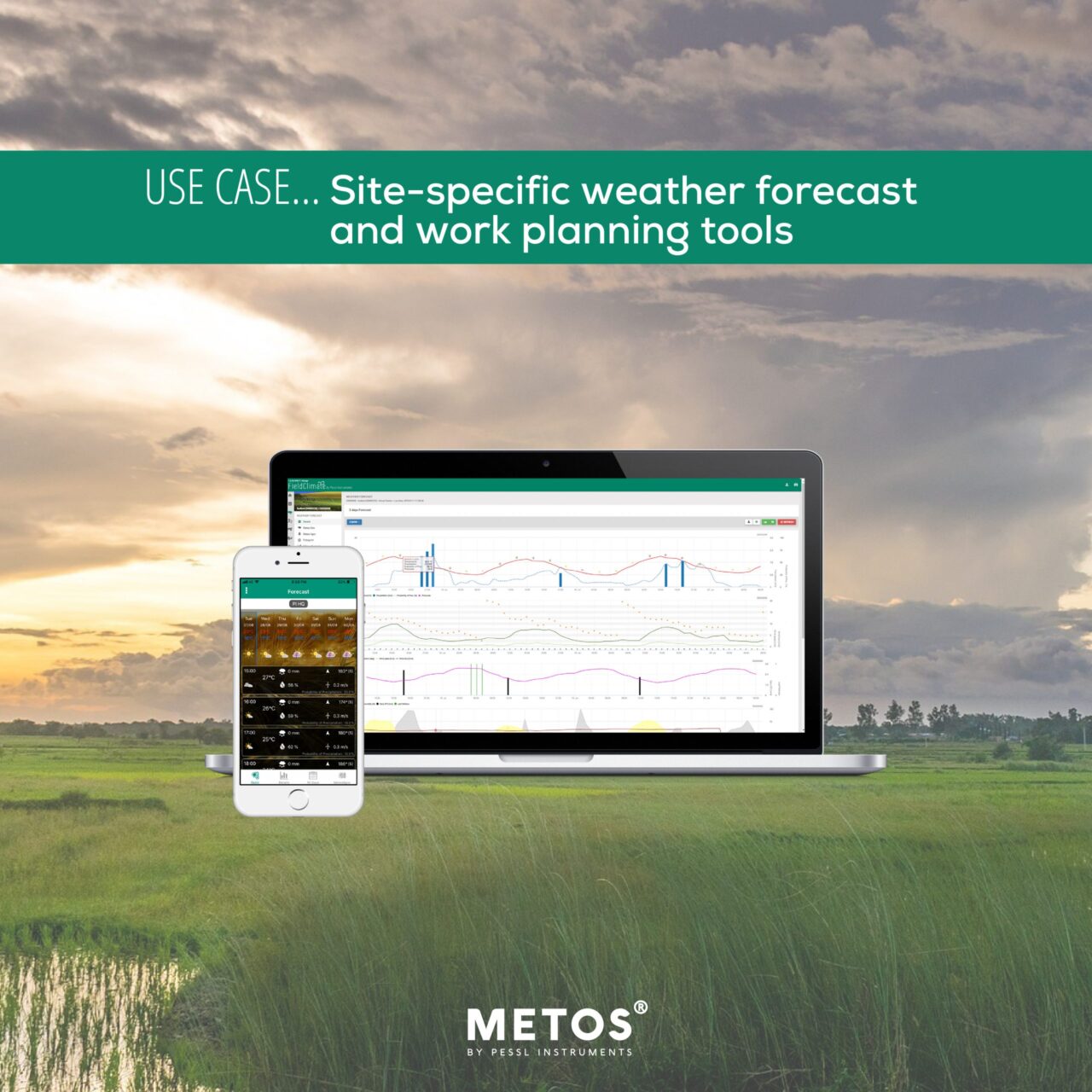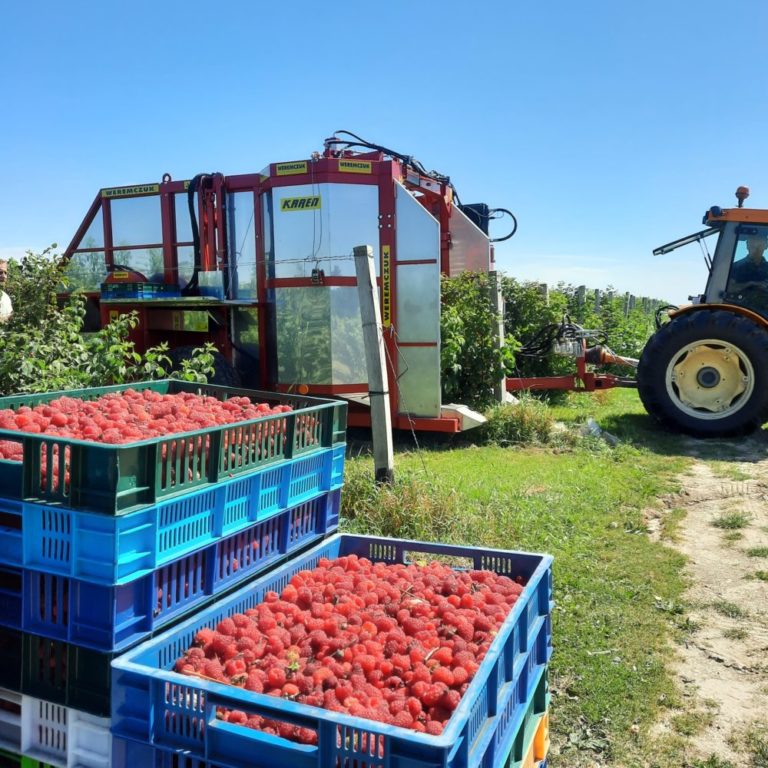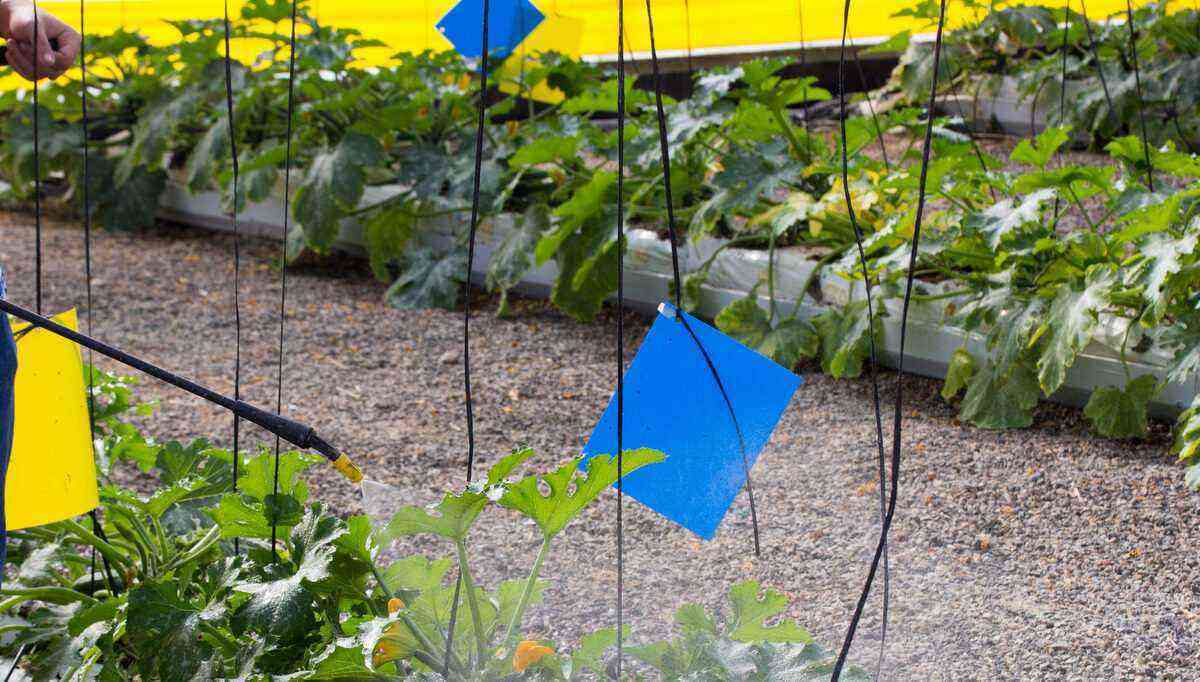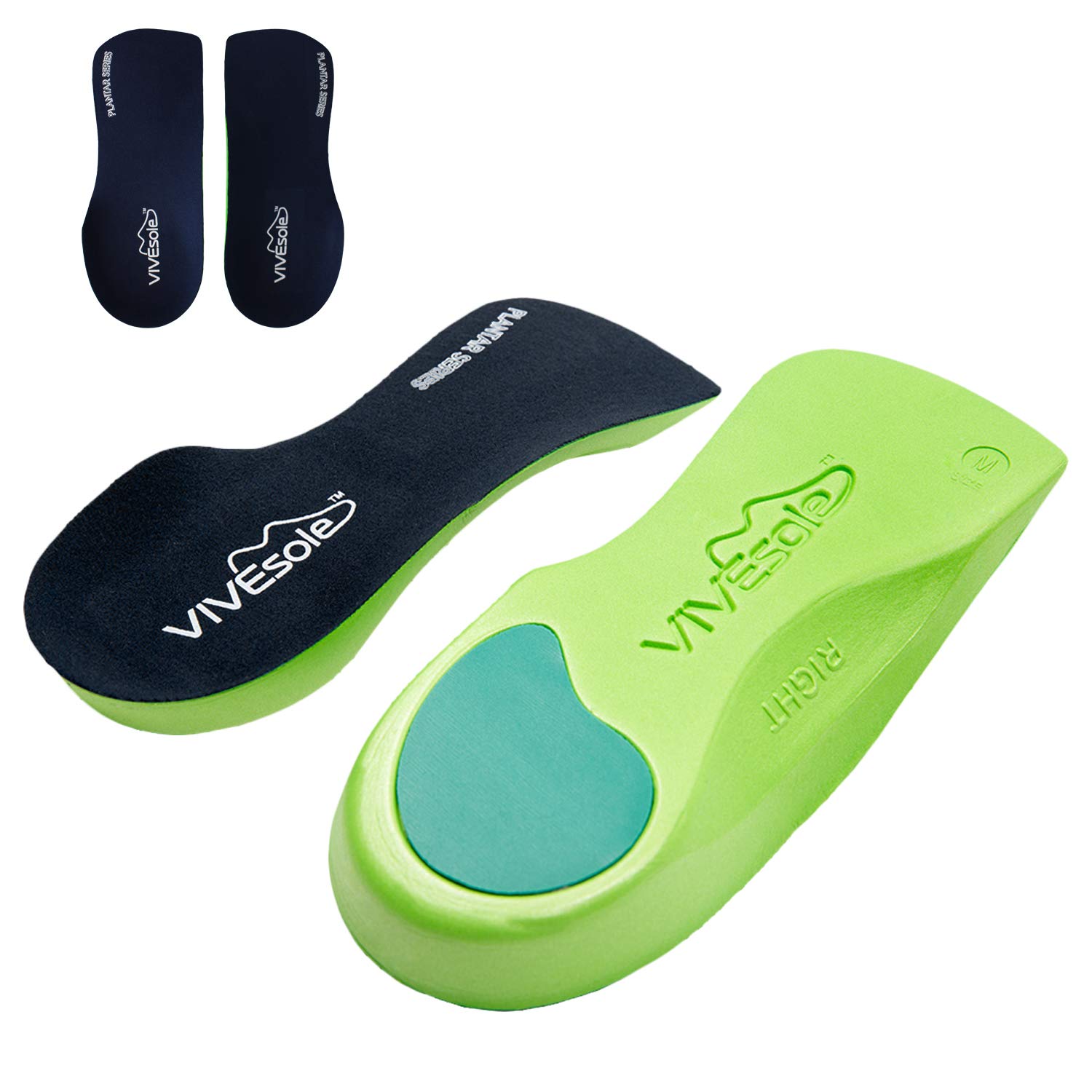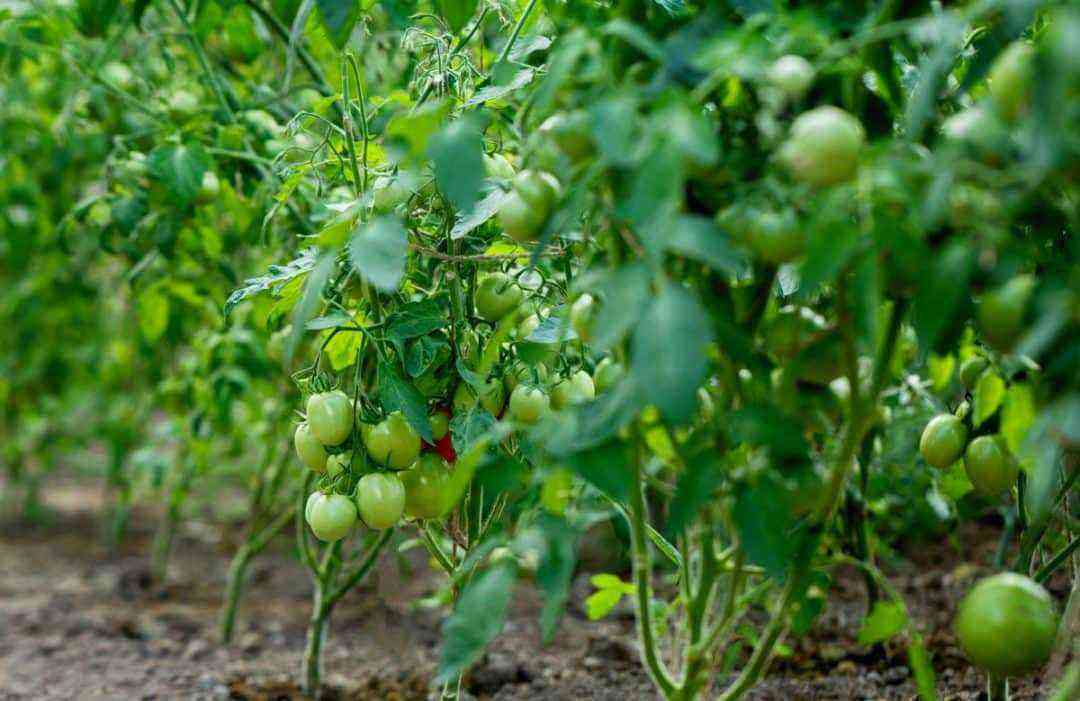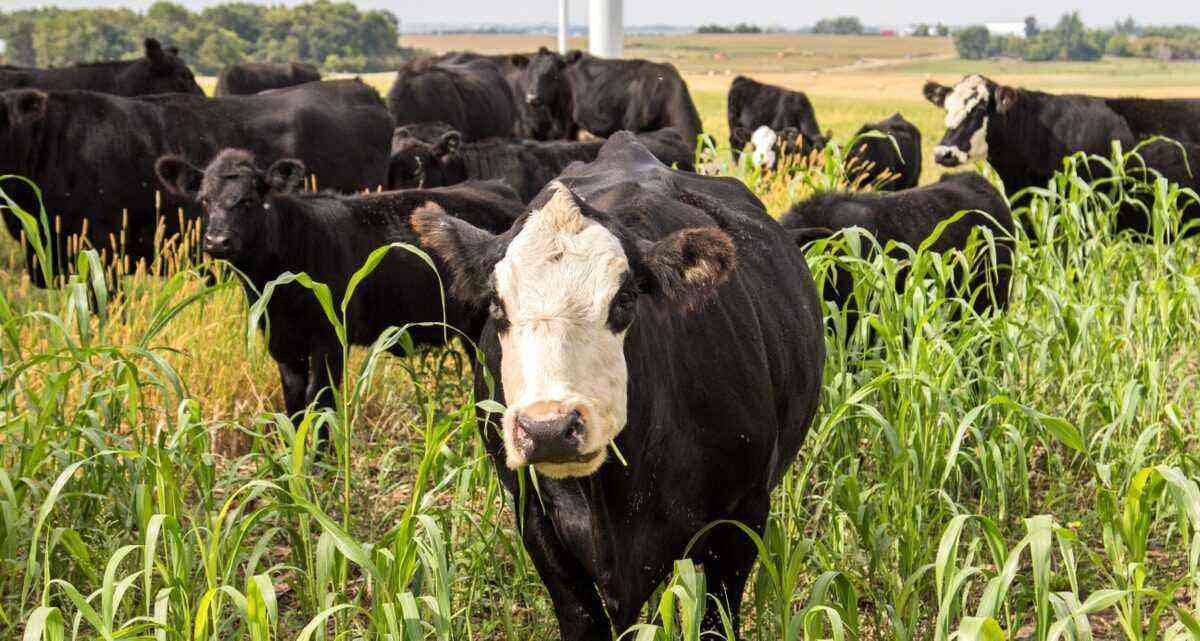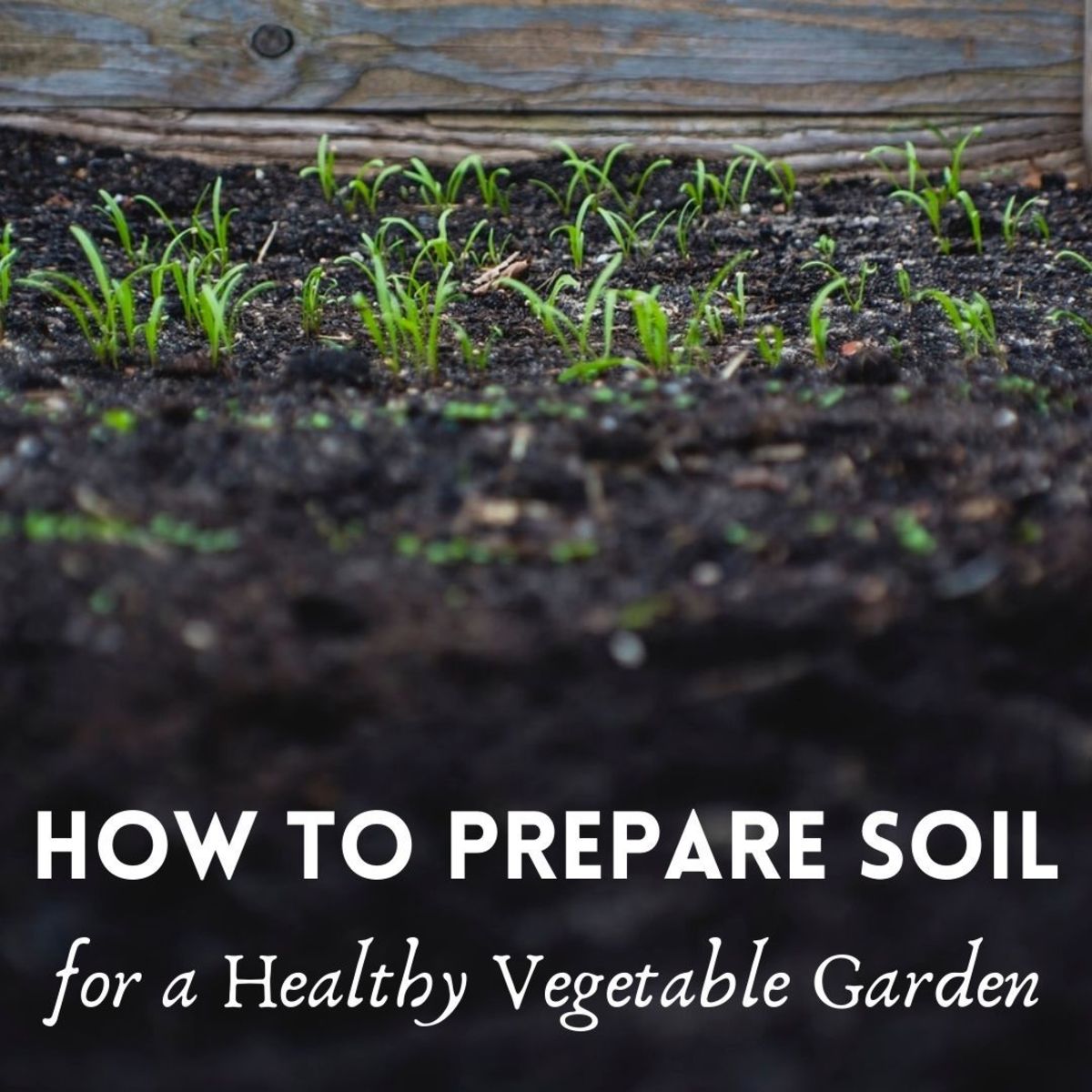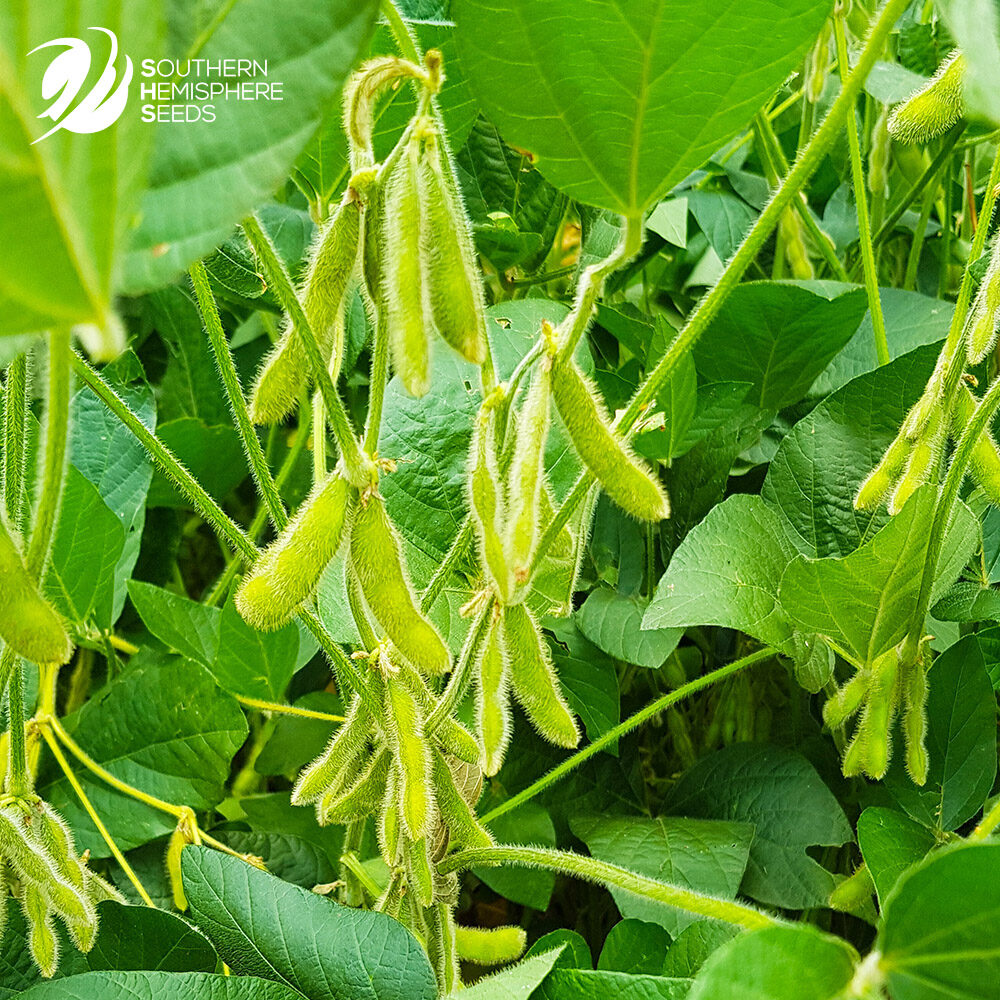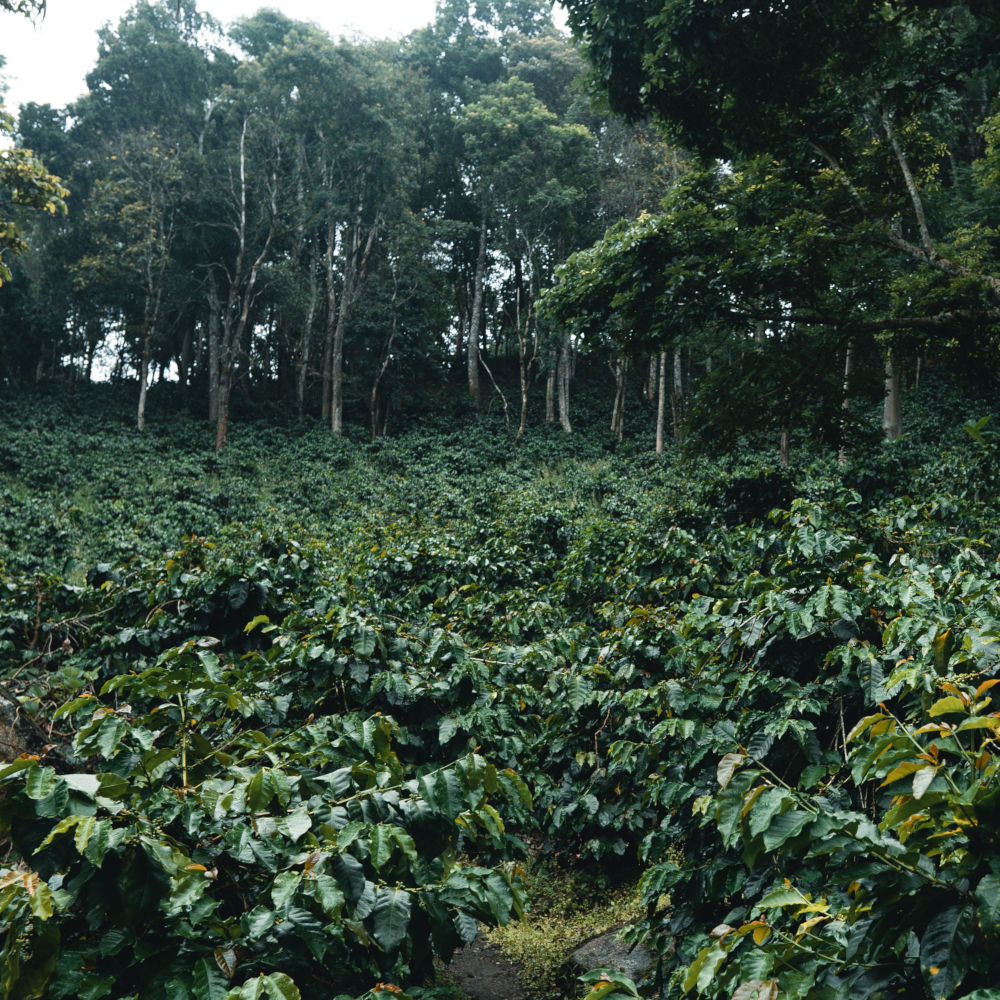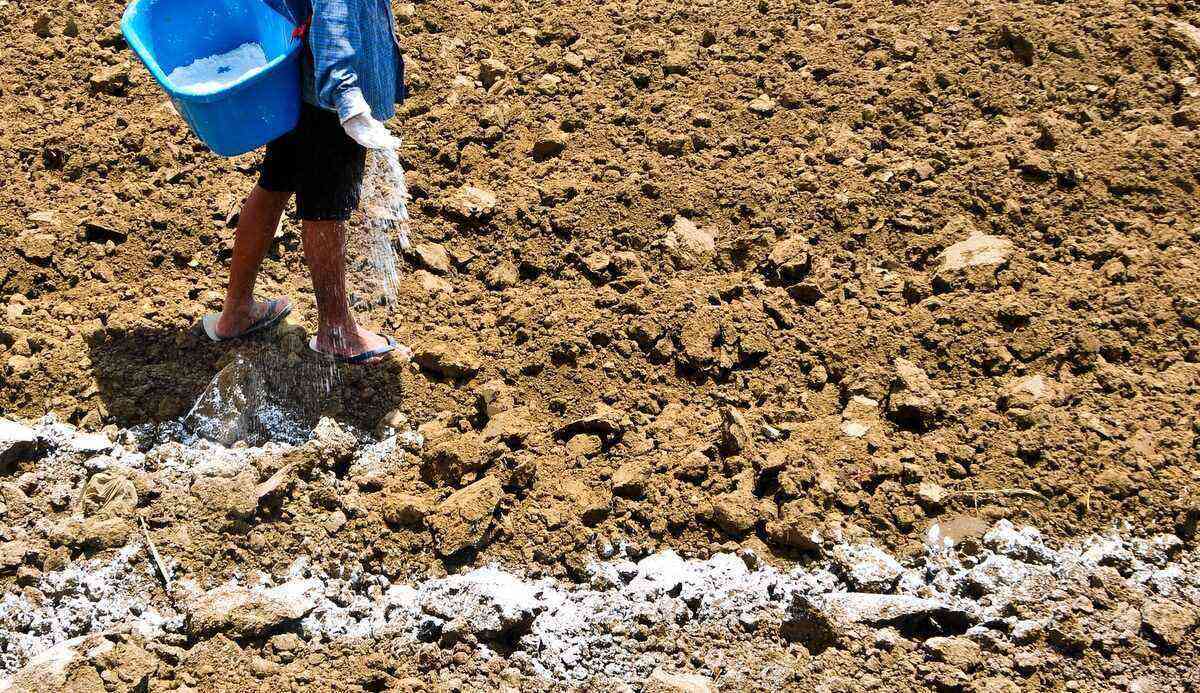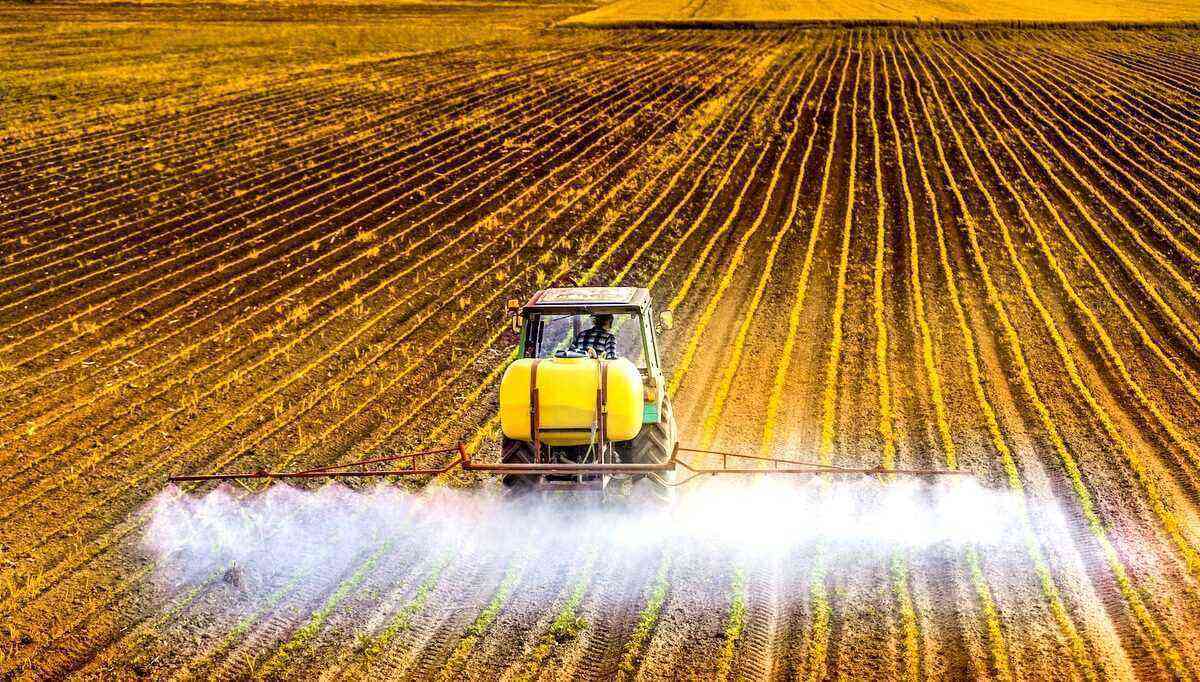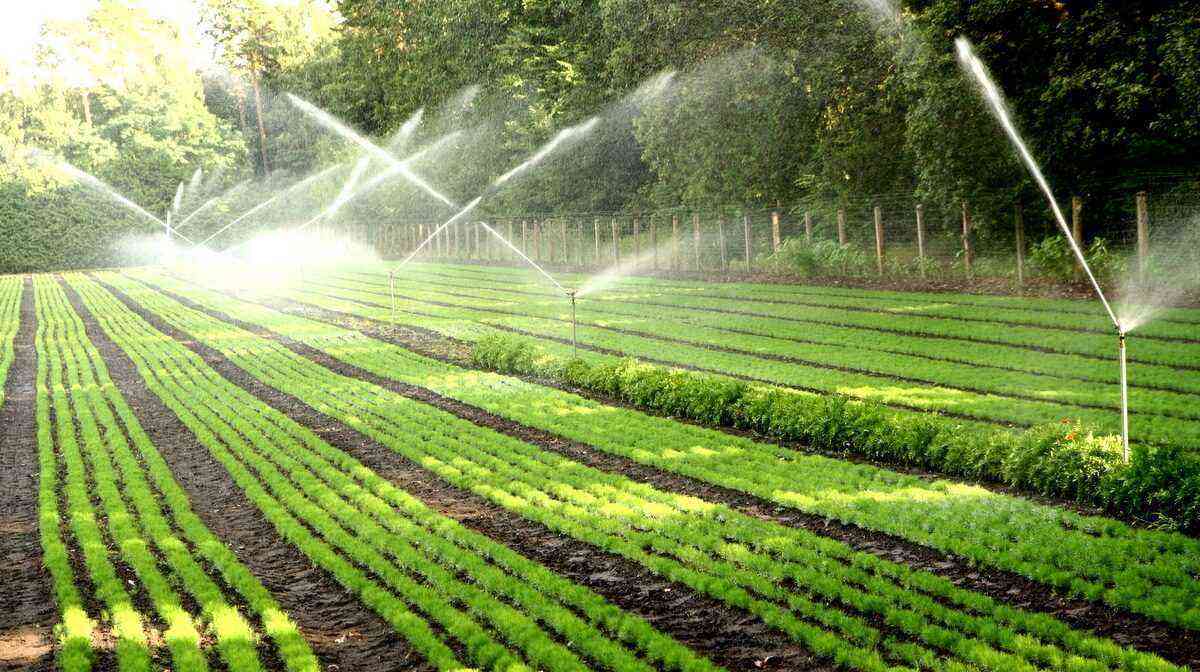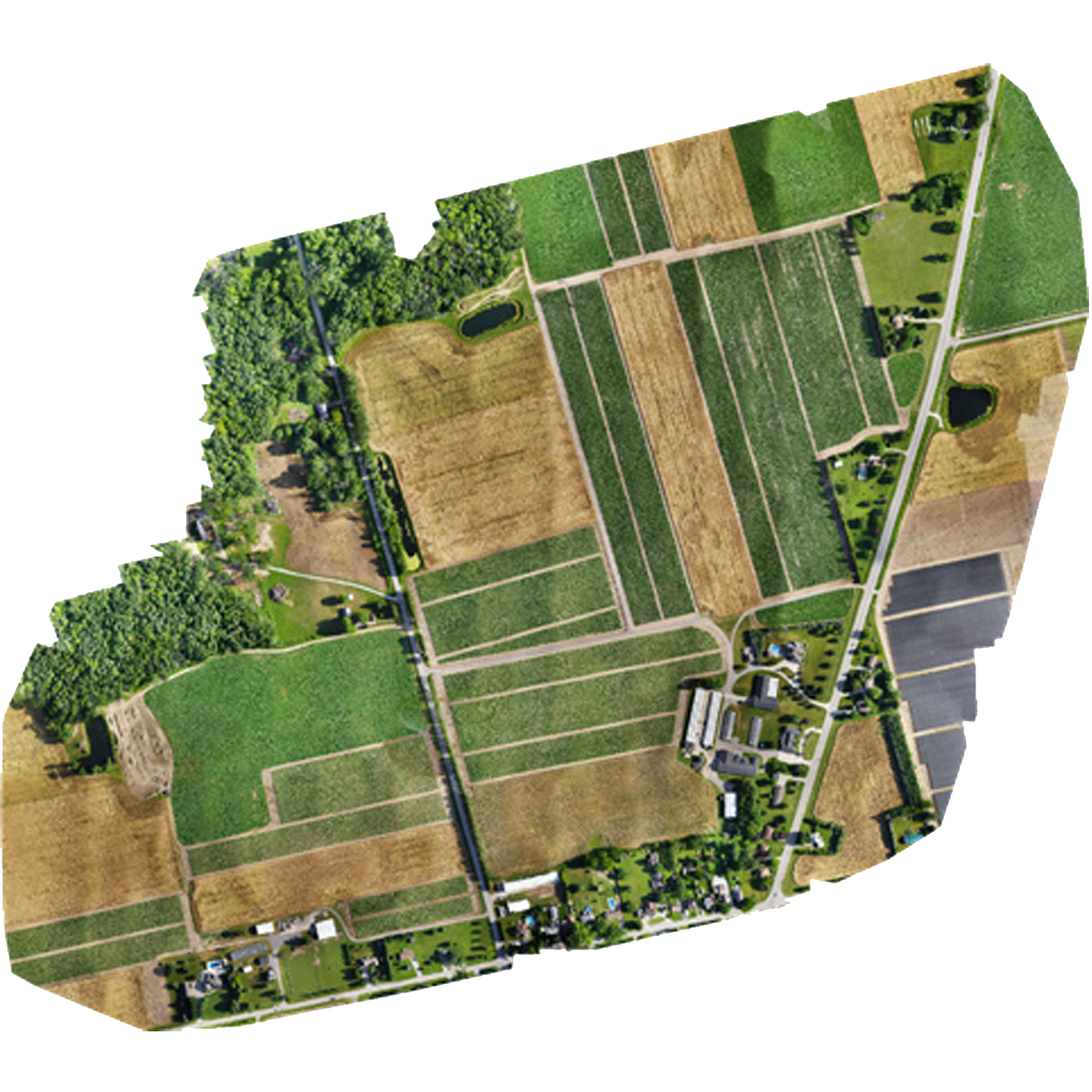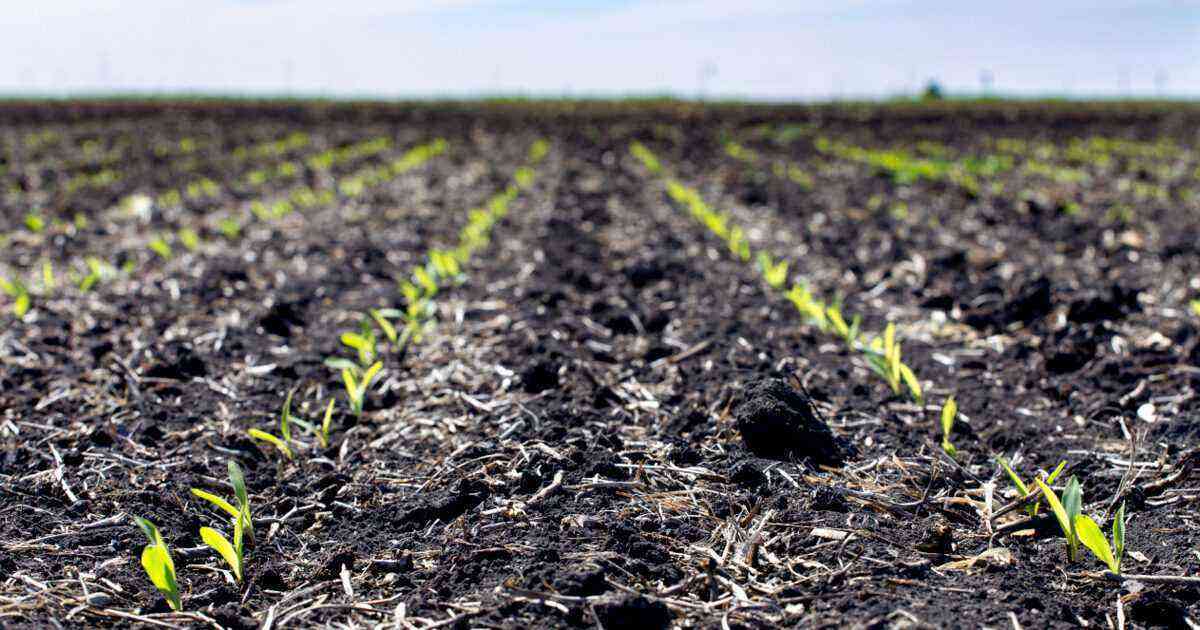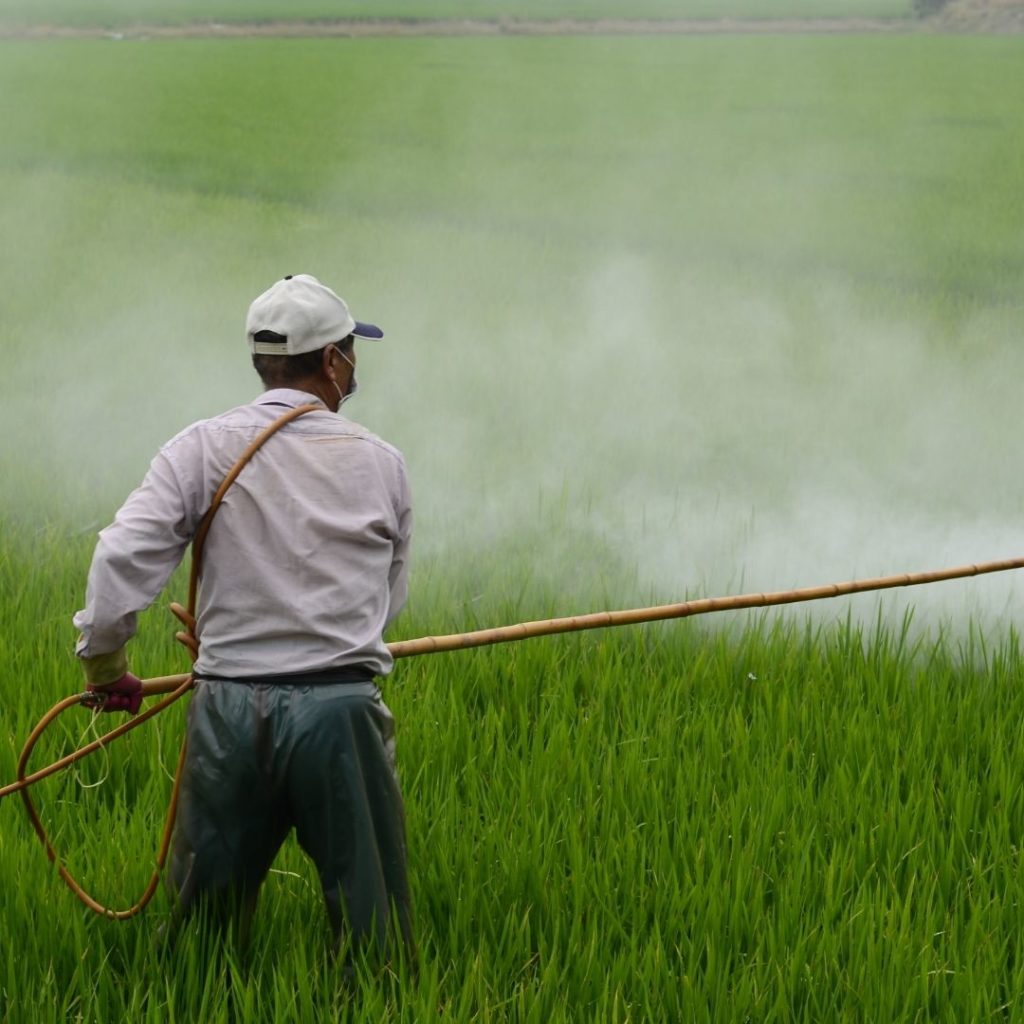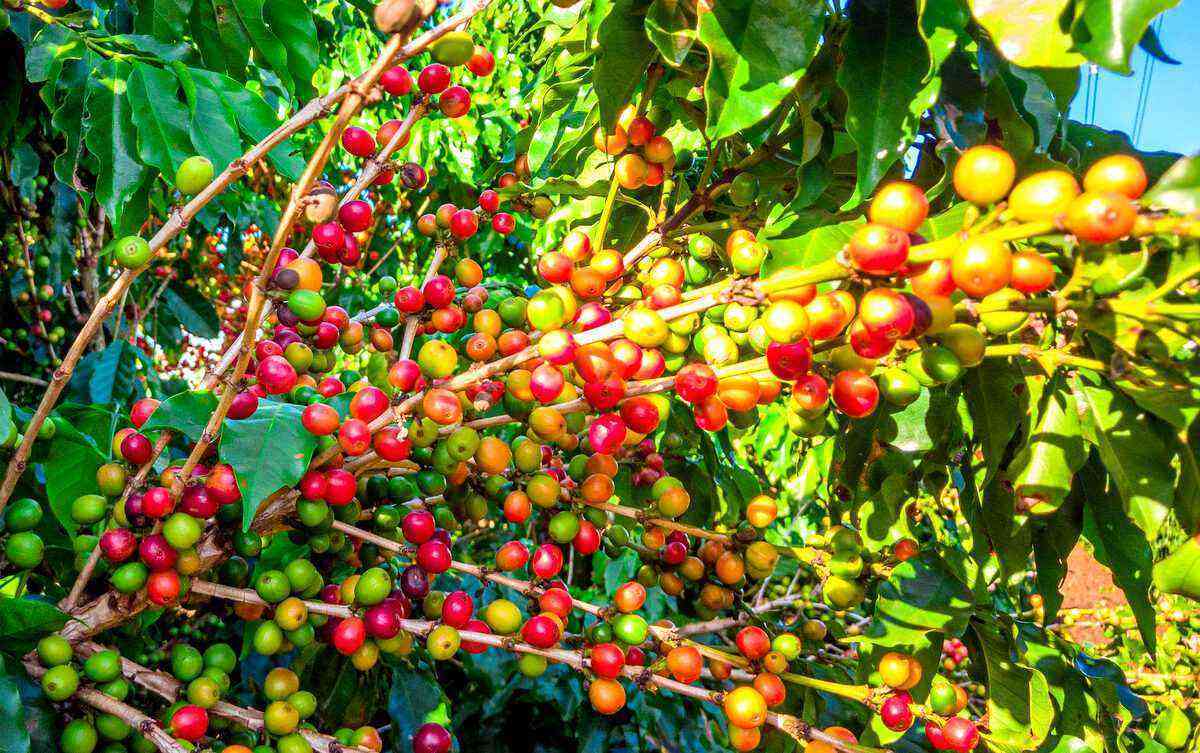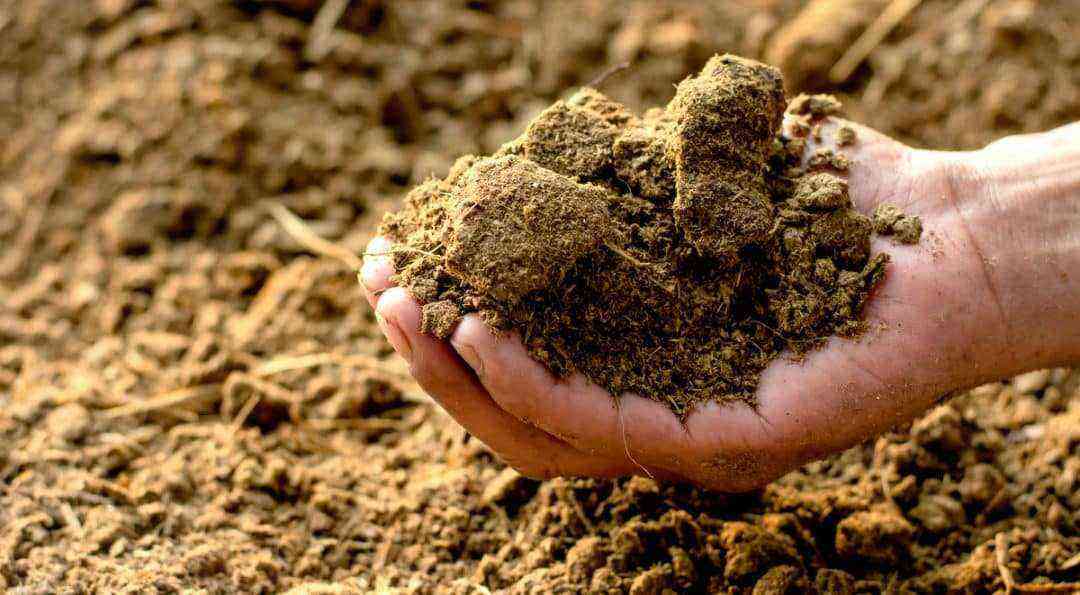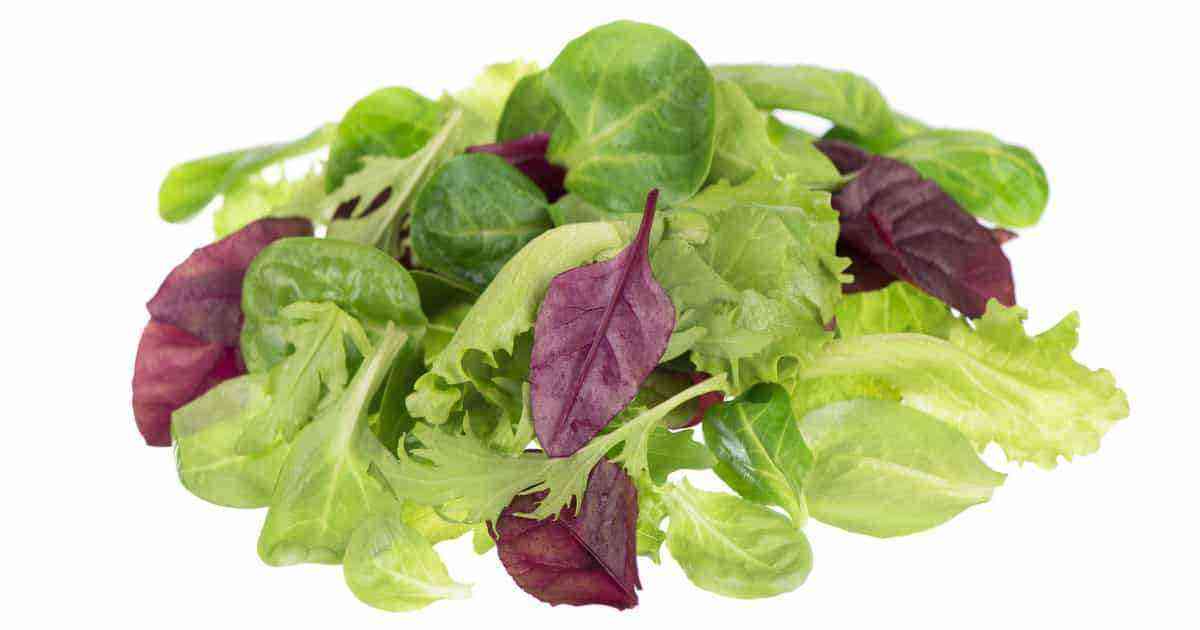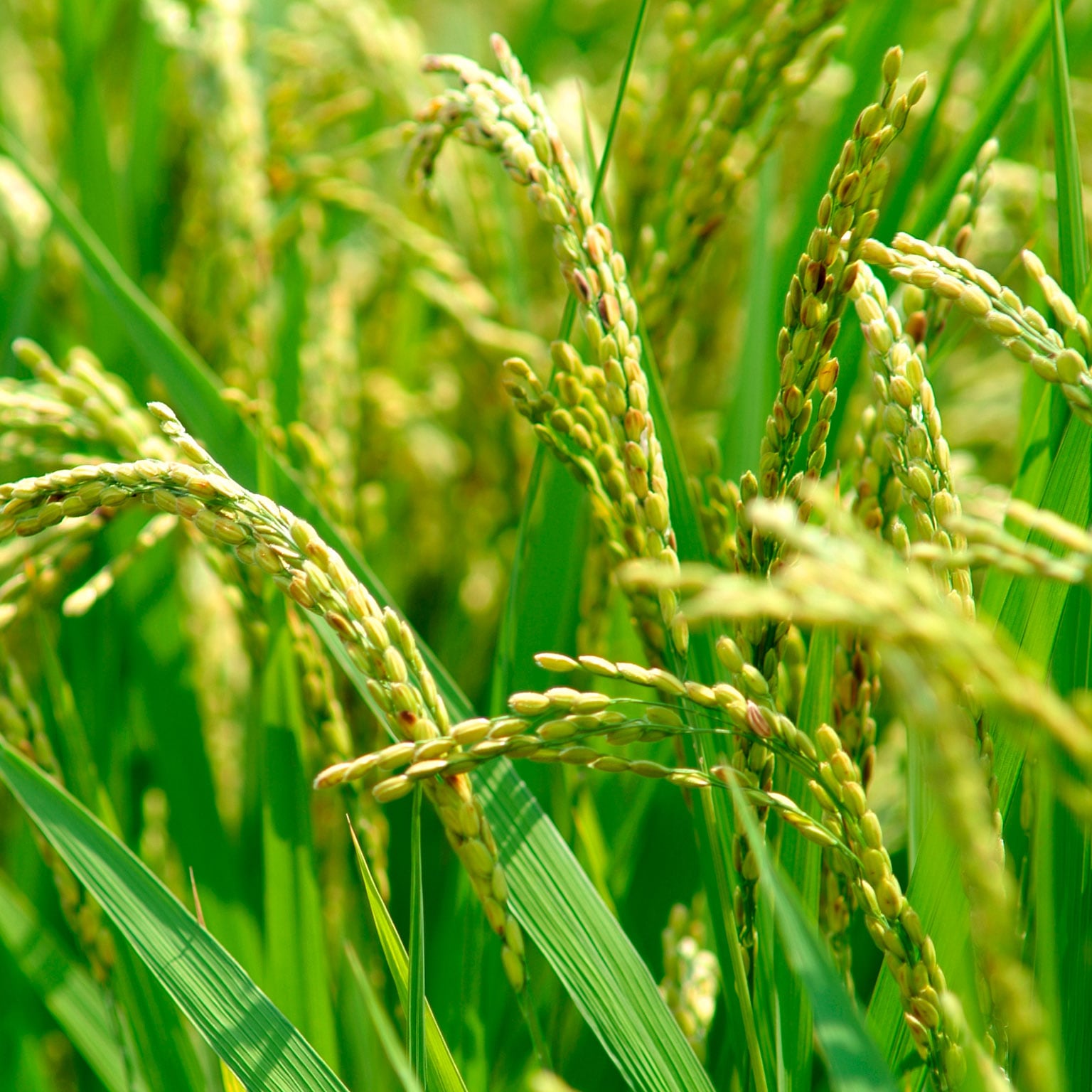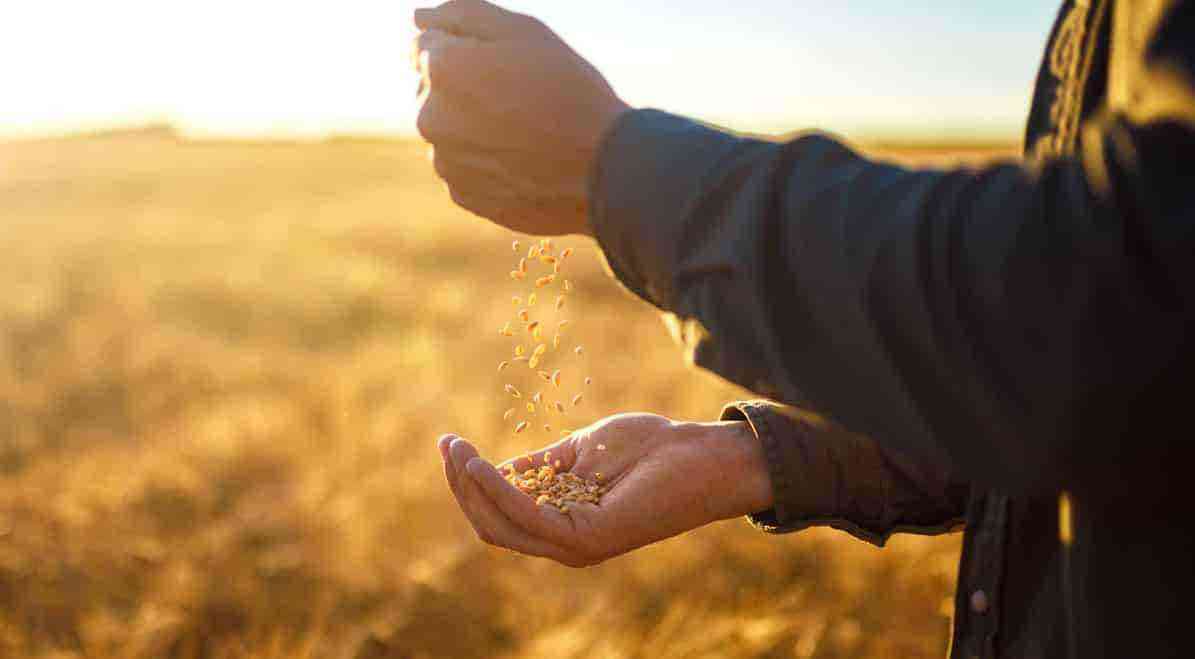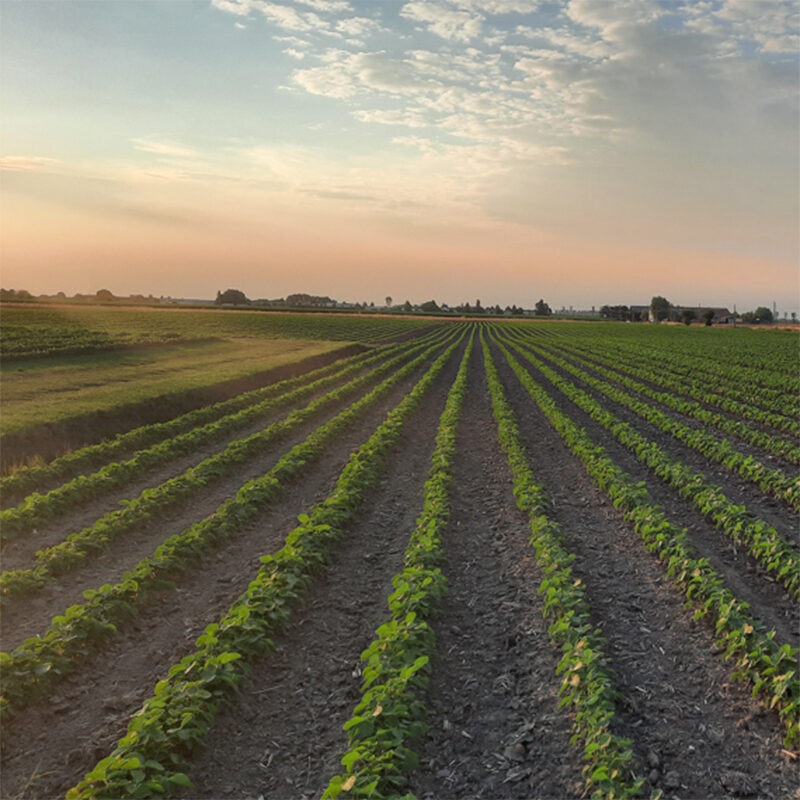Agricultural mechanization, thanks to the industrial revolution in the 18th century, contributed to a true revolution in the countryside, with the emergence of tractors, seeders and more recently harvesters.
To meet the needs of increasingly modern equipment with greater load capacity, the tire industry is also constantly evolving. New types are developed to take full advantage of the machines’ performance.
But when it comes to reducing the impacts of soil compaction, the farmer must be aware and analyze the types available on the market, that is, choose between the tires radials, diagonals or of high fluctuation for both tractor and agricultural implement.
Which of these tires is the most suitable for not affecting the ground so much? This is what we will show in this article.
If you need to buy agricultural, truck or other tires, access this page with several new and used offers.
What affects the soil compaction in agriculture?
Soil contains micro and small pores that allow nutrients and water to pass through. The more “porous” the area, the roots will be able to break through this natural barrier in search of “food” for the plant to grow and bear fruit. In the case of agricultural production, provide a good harvest.

Tractor circulation in the field directly affects compaction by contacting the tire with the soil.
Compaction is harmful because it can even stop the plant from growing. This is easily detected after an intense or prolonged rain, where they form large puddles that remain for a long time.
In addition to trampling by cattle, another factor that causes compaction is precisely the traffic of agricultural machinery in the fields. The tire creates a dense layer, preventing water from seeping into the terrain.
In this way, the farmer needs to be aware of the tire he is going to use on his tractor and implements so as not to damage the soil so much.
Types of agricultural tires available
As the tire is the main link between the agricultural machine and the soil, it is necessary to analyze the types available on the market, taking into account not only price and durability, but also which one will affect the planting area the least.
Os diagonal tires, also known as conventional, are cheaper at the time of purchase and also when you need a retreading. In addition to being more durable, another advantage is that, with this type of agricultural tire, the machine consumes less fuel and the tractor driver has a more stable and grippy steering.
But because it works at high pressure (14 to 28 psi), it has less contact with the ground, which causes loss of traction. This helps to speed up the soil compaction process.
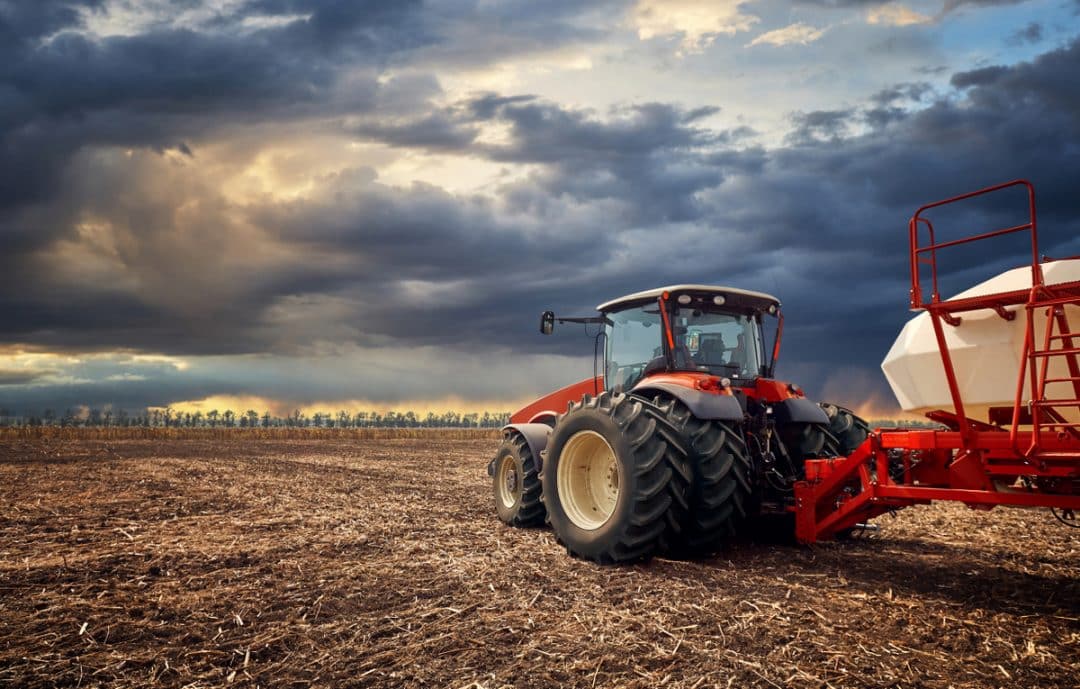
The choice of tire type is important for field activities.
Developed initially to serve the automotive market, by providing better performance in curves, braking and lasting longer, the radial tires are used in 90% of tractors and agricultural implements in Europe.
Because they are “wider” and run with less pressure (6 to 12 psi), they adhere better to the ground and their sides work independently, generating greater safety, comfort and ease of maneuvering, even on different reliefs. Radial tires also reduce soil compaction.
The third model available is the high flotation agricultural tire which is suitable for high loads at good speed. The tread of these tires must eliminate the dirt accumulated in the grooves during operations on the ground, ensuring greater traction. Its main feature is precisely the good traction in contact with compacted soils. Therefore, it is the least indicated when it comes to conservation.
Another important detail is to choose the most suitable tire for the agricultural implements. They need treads formed by longitudinal ribs, in order to facilitate rolling, as well as having a wider contact area, to ensure more safety and better yields for the producer.
But which tire to choose?
When choosing the tire, in addition to the advantages and disadvantages mentioned above, the rural producer needs to take into account one more important detail: where will the tractor operate? Directly on the farm?
Today, with the decrease in the width between the planting lines, the movement of agricultural machinery is increasingly difficult. This becomes a determining factor in creating compacted soil.
Another detail is the operation during rainy periods. Tires slip and damage the surface. In this situation, a vegetation cover is important to reduce the effects of densification and compaction.
Therefore, it is necessary to make the right choice of agricultural tire, considering not only its price and conditions of use, but also the extent to which it will be contributing or not to soil compaction.
A very interesting option in certain periods of farming is the use of agricultural drones, which avoid soil compaction when spraying is necessary to apply pesticides, for example. Learn more about its regulation here.
